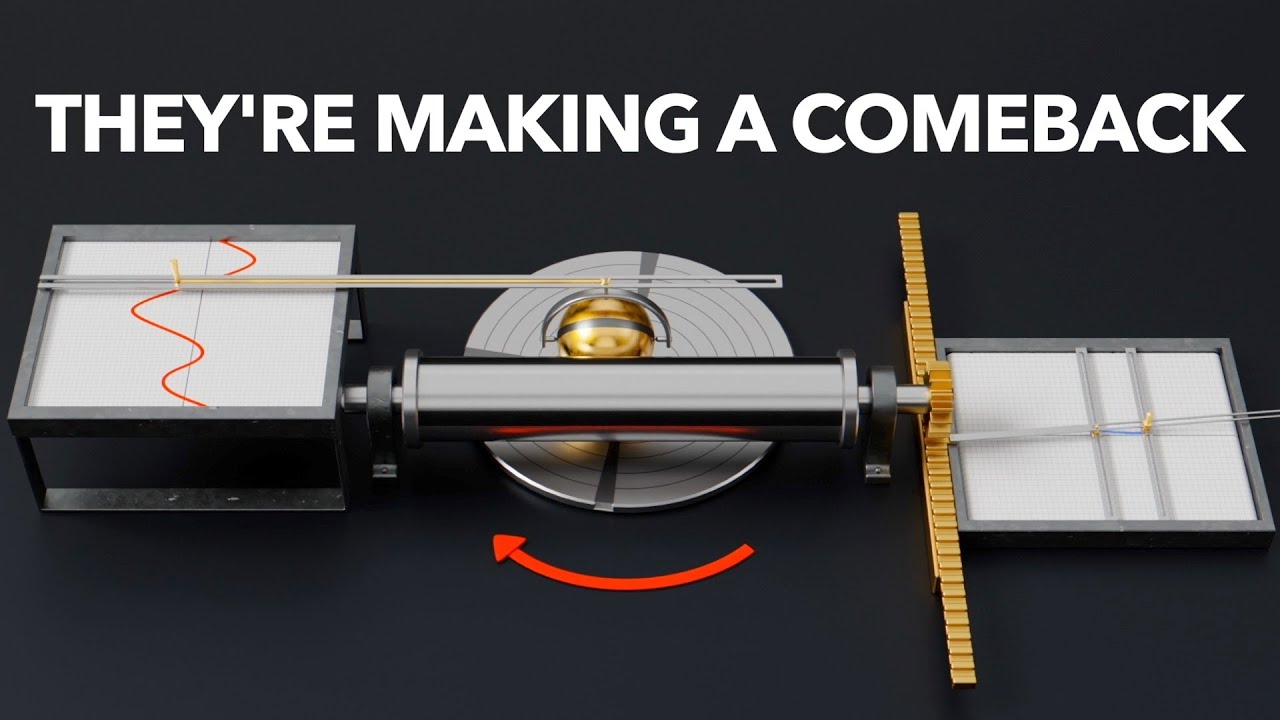This video is the first of two parts, the second of which will discuss whether analogue computers may return as digital computers reach the physical limits of speed. This has come up around every five years over the last half century and every time analogue computers remained confined to the very specialised niches where they have traditionally been used (applications requiring very high speed but limited precision). We’ll see if “this time is different.”
In my professional life, I’ve replaced real analog computers with modern technology. Specifically, pneumatic feedback control loops, where all of the components from sensor to actuator were non-electrical. 1940’s vintage. Fascinating mechanism in the Proportional-Integral-Derivative controller.
Not many 54yo engineers have had such an opportunity.
The electrical engineering department at my engineering school had a big Electronic Associates vacuum tube analogue computer when I was there between 1967 and 1971. It was built from two-tube “long tailed pair” operational amplifiers and programmed by a plugboard which wired the amplifiers together. Input was from a bank of coefficient potentiometers and output was via meters, an oscilloscope, or chart recorder. It was interfaced to a General Electric GE/PAC 4060 industrial control computer with locally-developed analogue/digital converters allowing the two systems to act as a hybrid computer. For teaching, the analogue computer was often used to simulate an industrial process which the digital computer was programmed to monitor and control.
I’m sure the entire thing could have been done via digital simulation, even then, but it was somehow more visceral when you could see your process control algorithm running away in real time as the chart recorder hit the peg.
It’s even more visceral when it runs away and it isn’t a simulation. Been there, too. With samples both ancient and modern. Sigh.
